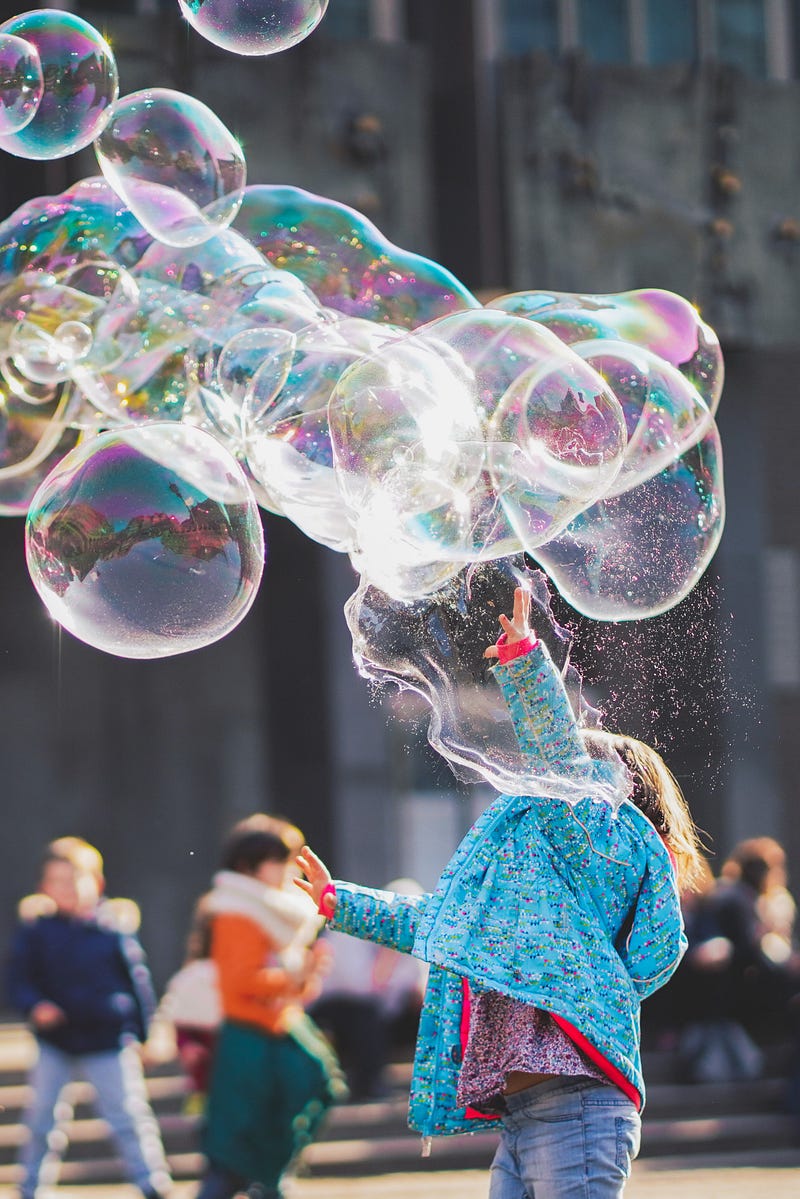The Haptics Club is an Open community for #Haptics. It was founded by members of Unity, Interhaptics, Senseglove, and Nanoport. There is an event every other week with speakers from various industries and academia.
Do you want to listen to the full podcast?

Who is Massimiliano di Luca?
Massimiliano di Luca is a Senior Lecturer at the University of Birmingham with a scientific background. He is working on understanding how humans interact with information coming from different sources. To conduct this study, he uses physics, as well as signal and data analysis, in order to try and develop a model about interactions. He compares his work to an equation or a program that can be predicted.
When did you start working on haptics?
His Ph.D. was a real vision because during a conference on vision science about 3D motion he realized that this study about all this information going to the user were computer graphics, meaning only moving pictures. And he was intrigued by the way it was going to be used for the purpose of the study. It was necessary to go beyond these insights. People had to manipulate because we, as humans, never interact passively with our surrounding world.

How can haptics bring value to VR locomotion?
First, we need to understand that there is not only one locomotion method in VR, in fact, there 130. Then, we need to determine which ones are the most appropriate for some specific tasks (training, accessibility, etc).
There is the possibility to provide true haptics. The question is: can you provide haptics in an automatized way, to be used for navigation, or orientation for example. It is something that is not fully explored because not well understood. There is still a lot to be studied.

What is the role of haptics in multisensory interactions?
The term “hierarchy” in haptics can be a bit misleading. There is no better science than another. You need both senses to complete an experience. Most of the time you cannot determine if a surface has imperfection by only seeing it, you need to touch it to be able to feel it. Haptics is necessary for some experiences; it breaks the illusion in a way.
The haptics channel contributes to the VR experience. If haptics is lacking, you are much more able to tell that your environment is fake and created from scratched. When you consider all the stimulations of a VR environment, haptics enables blurring the borders between virtual and reality for the user.
3 interesting haptics experiences
The first one was VR bubbles haptic feedback which brings an interesting dimension to the haptic feedback. The second one was passive haptics, which refers to the presence of a real object that you can transform (make it bend, make it bigger, etc). The third one is related to wearables. They have a lot of potential in providing sensations and perceptions to the user.

The future of haptics
The first improvements in haptics will probably be dedicated to VR gaming because they are relatively easy to do, and a lot of people are working on it. However, a constraint remains the price of this type of equipment. The added value for the experience needs to be clearer to the customer if we want them to accept paying for this complete experience. But there is also augmented reality (AR), mixed reality (MR), and mobile applications. All these areas are promising in terms of future haptic development.
Who is the Haptics Club?
The Haptics Club was founded by Manuel Sainsily from Unity, Ashley Huffman from Nanoport, Gijs den Butter and Irina Tripapina from Senseglove, and Eric Vezzoli and Sarah Alkibsy from Interhaptics.
Follow the Haptics Club on Twitter and LinkedIn to stay updated with the next events.
Who is Interhaptics?
Interhaptics is a software company specialized in haptics. Interhaptics provides hand interactions and haptic feedback development and deployment tools for virtual reality (VR), mixed reality (MR), mobile, augmented reality (AR), and console applications. Interhaptics’ mission is to enable the growth of a scalable haptics ecosystem. Interhaptics strives to deliver top-notch development tools for the VR/MR/AR, mobile, and console developer community, and the interoperability of haptics-enabled content across any haptics-enabled platform.







